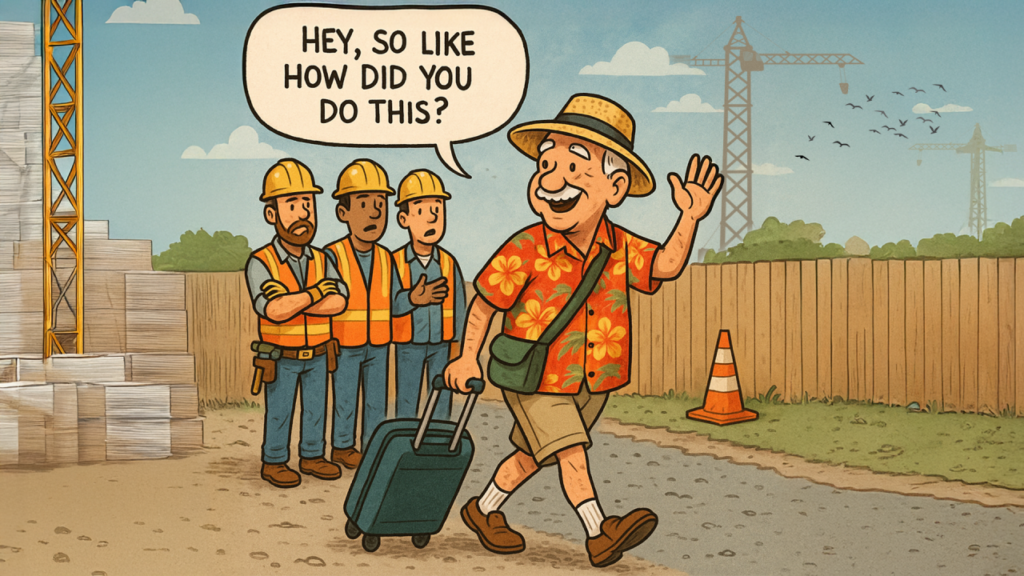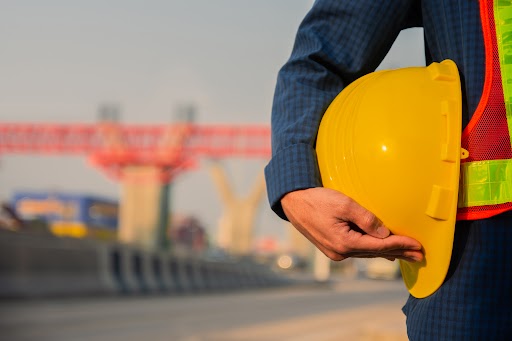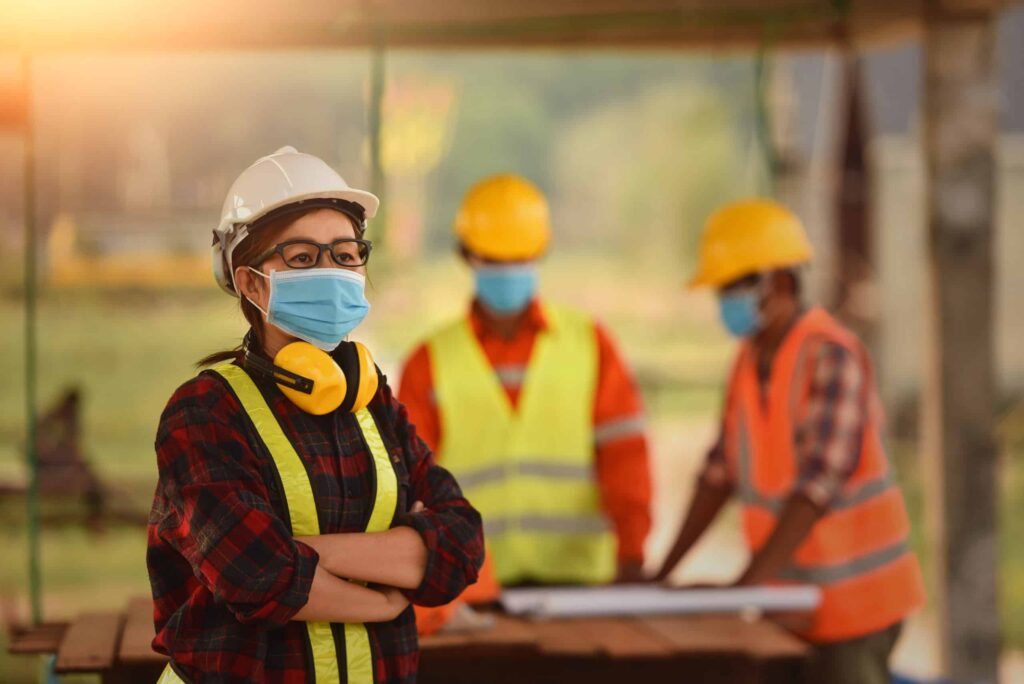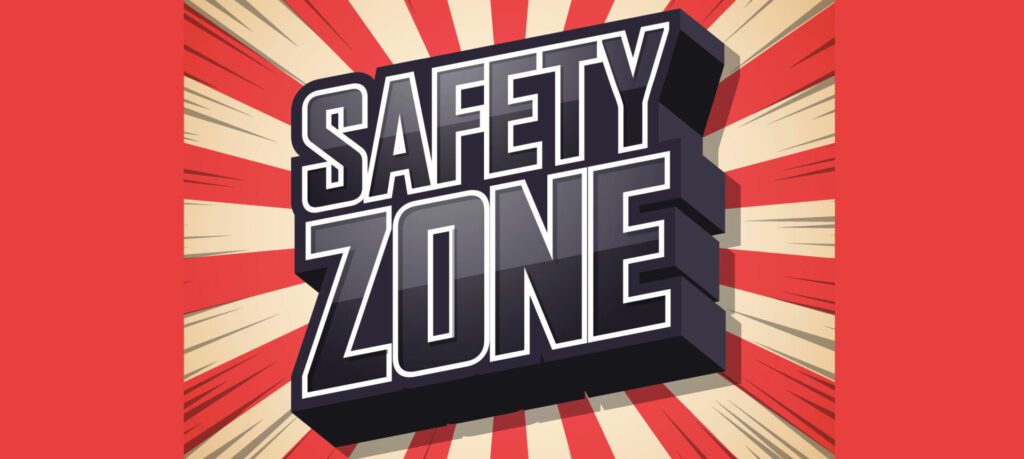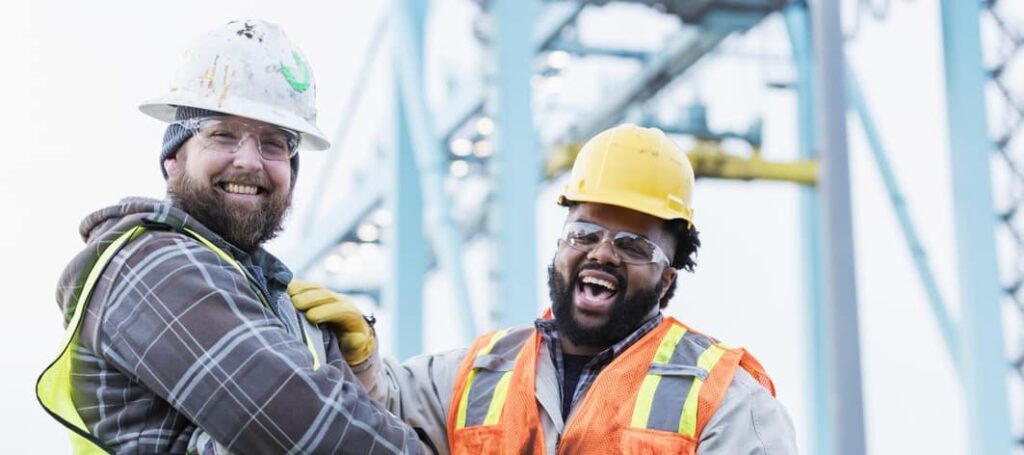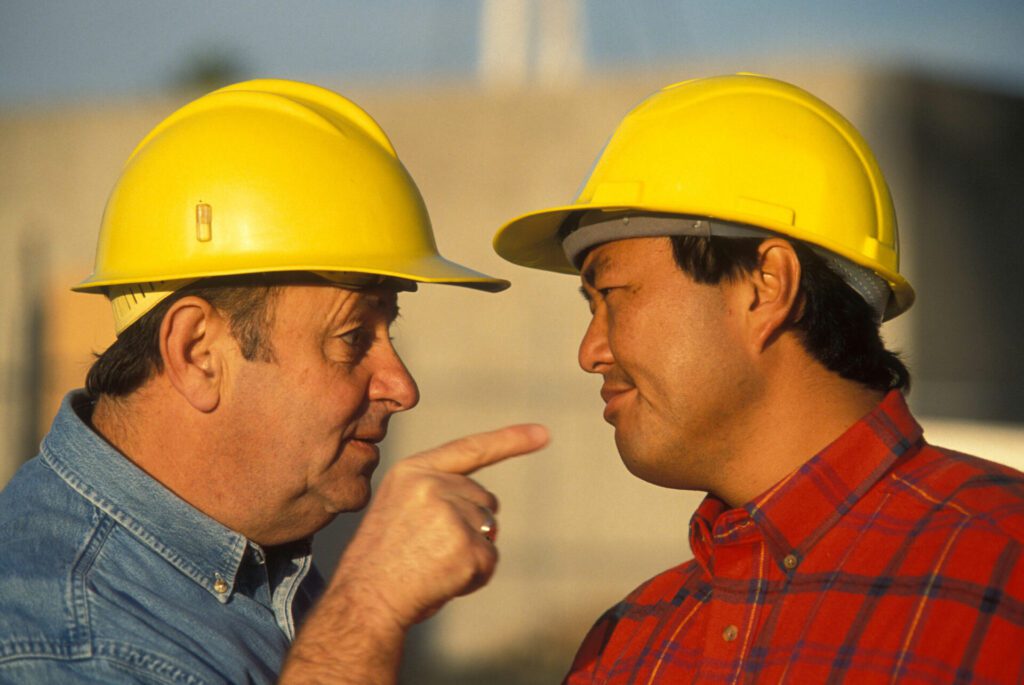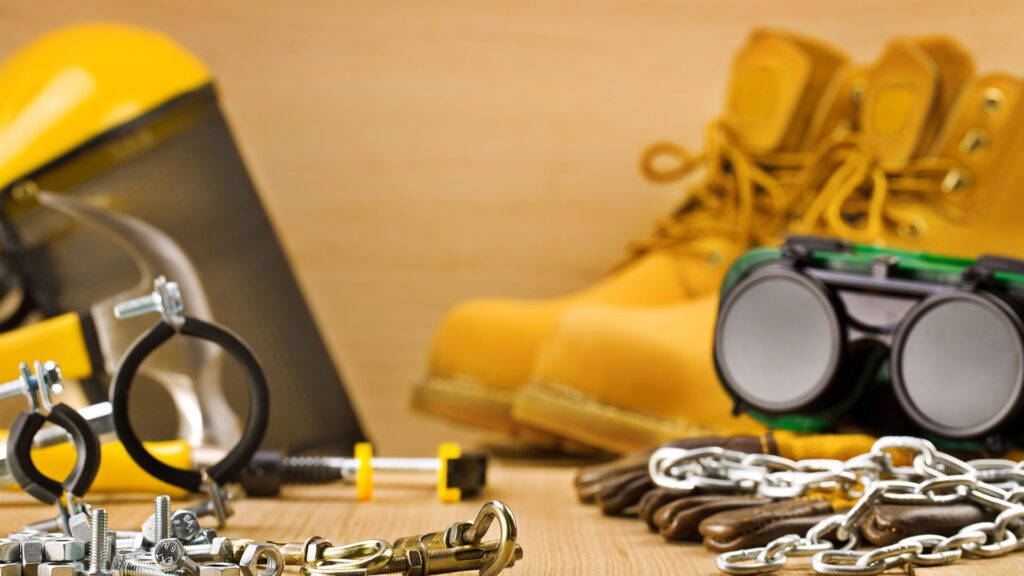Articles For Safety And Safety Leadership
Articles for safety managers (EHS professionals], plant managers and safety advocates at all levels. Articles focus on engaged teams, safety influence and communication, diversity and industry topics for safety meetings.
You Can’t Rebuild What You’re Not Willing to Tear Down: Silo-ism and Safety
Silo-ism and Safety Sure, it’s true…you can’t rebuild. But what’s even more true? You’re not willing to tear it down in the first place. It’s tough to build a safer,
The Real Truth About Safety Leadership
How Focusing on Strengths and Reducing Stress Creates a Culture of Awareness Not so long ago, we mistakenly felt compliance was the key to safety. We believed that if we
Dangerously Stressed
How anxiety creates an unsafe workplace It’s official. Stress is now one of the most common causes…
Safety Beyond COVID-19
June 2020 a safety month to be remembered In the past three months, more people than…
Action and Adaptability Create Safety
The actions we take today and our ability to be flexible enough to succeed will help to ensure that COVID-19 eventually becomes a historical footnote that those of us in
Engaged Safety
The end result of this kind of culture is, oddly enough, compliance. You have to actually create a space where a compliant culture can exist rather than just telling employees
Avoiding “Safety Theater”
Sure, showing the world you are all about safety can help reduce the impact of lawsuits and make younger job seekers more interested. (Research shows that safety concerns are the
The Real Truth About Loyalty
August 18, 2018
/
garrisonwynn
/
Success Articles, Workplace Safety Articles
/
customer service, employee engagement, generational differences, leadership, safety, sales
In the end, if you’re close by, easy to deal with and willing to make the sacrifices, you’ll be surrounded by those who are not likely to ever leave your side.
Safety Goes Sci-fi
According to Evolve Performance Group, 9 out of 10 engaged employees say that safety is a top priority every day while only two in 10 actively disengaged employees can say
Why Not You?
The truth is without good relationships communication suffers; without engaged employees, awareness is lost; and, without generations supporting each other, information isn’t passed down. In the long-term, the culture doesn't
Why your best people have the worst safety practices – and how to fix it
The only thing that makes your safety leadership look more ineffective than having your worst people screw up your safety record is having your best people do it.
Why Being Prepared Is Better Than Being Smart
The Hurricane Don’t List: safety tips from two generations of survivors They say experience is important, but do we really need to learn our greatest lessons about safety at the point
The Dangerous Truth About Safety
Safety leaders need personal influence skills so they can consistently engage employees. If you don't know how to get people to believe, it doesn't matter what you say.
Safety Is Not a Goal; It’s a Lifestyle
Let’s liberate ourselves from the BS. Many of us who try to make the safety programs work…
The Real Truth About Safety: Creating a Culture of Buy In
How do safety leaders and managers create a culture of safety? Knowing that safety is important is clearly not enough to create (or even put a dent in creating) a

